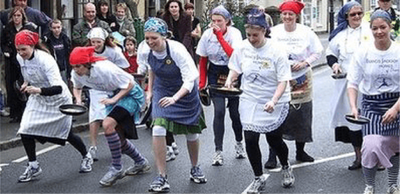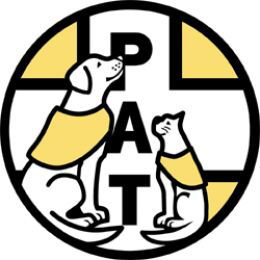|
March 5 2019, is Pancake Day in the UK
Background In February we celebrate Shrove Tuesday, or as it is also known in the UK, Pancake Tuesday. This is not a tradition as widely celebrated as in the past but many families still join in the fun. However, behind the fun is a religious holiday. Shrove Tuesday is the last day of indulgence before Ash Wednesday and the period of Lent begins. On Shrove Tuesday in the distant past the last food indulgences were used up in pancakes. Shrove Tuesday falls somewhere between 2nd February and the 9th March each year, depending upon which date Easter falls for that year. For more than a 1,000 years Shrove Tuesday has traditionally been a day for Christians to confess their sins. Shrove is actually an old word for Shrive meaning to confess all sins. After these were absolved by a priest the period of Lent began. Some UK Christians even today will give something up for Lent. It could be chocolate or beer or any food or drink. It is usually something which they enjoy or else there is no point. The pancakes were the last treat before the frugal period of Lent and in the past it was often eggs, milk and butter that were omitted from a person’s diet during Lent. Pancakes were a great way to use up household stock, which otherwise would waste. Pancake memories As a child, brought up in a religious Christian home, pancake Tuesday was a mixed bag. We lived in a tiny terraced house in 50s post-war England. The kitchen was minuscule. I have fond memories of my Mum on Pancake Tuesday though. My brother and I would sit at the table both trying to consume as many pancakes as possible. Mum would be in the kitchen for ages. Having mixed a large bowl of pancake batter she would proceed to make one pancake after another so we could eat them hot straight from the pan. Of course expert pancake Mums on Shrove Tuesday have to toss the pancake in the pan. This takes nerves of steel. I have never quite managed it as I tend to dither and then turn the pancake with a spatula. Mum however was fearless. Up would go the pancake in the air. Most of the time the pancake landed perfectly back in the pan, on the correct side. Occasionally though she would slightly miss and half the pancake would slip to the floor. Rarely she would miss altogether and the pancake would land on the floor and be binned. Each year at least one pancake would hit and stick to the low kitchen ceiling. Looking back I do think some of this was my Mum's humour and done to entertain us kids. The kitchen ceiling was not high so perhaps it was accidental but I shall never know now. Thoughts of pancake Tuesdays of the past have left me wondering about today's children. These days you can buy readymade frozen pancakes which cook in the microwave in seconds. Alternatively you can by pancake mixture. My poor Mum must be turning in her grave. How to make the pancakes Making pancakes from scratch though is quite easy and cheap. Of course some will taste better than others but the mixture is easy and simple to make: The ingredients and how to make:
Ready to cook? Place the frying pan over a reasonable heat on your hob. Add a knob of butter or oil if preferred to the pan. Make sure that the fat has melted and is hot before you add the pancake mixture. If there is too much fat drain away the excess. Spoon or ladle a spoonful of the pancake mixture into the pan, swirling the pan around as you do so. This ensures that the pancakes are thin but that the pan is evenly covered. It will only take a minute or two to brown the pancake on one side and then you will need to flip, toss or turn your pancake over. Make sure that you ease the pancake away from the pan before you attempt any of these. Go on give it a whirl and toss the pancake high into the air. I dare you! If you want to make lots of pancakes and keep them warm to serve together you can. However you cannot beat fresh hot pancakes straight from the pan. You can choose to eat the pancakes plain or add a filling As children syrup or golden treacle was the favourite filling. Some people prefer jam and even cream. Others prefer simply a squeeze of lemon juice. You can make a savoury filling but of course you will need to adjust the ingredients. You will not want to add sugar for these. So what about you? Do you enjoy Pancake Tuesday? Will you join in the celebration this year and next? There are still many pancake races around this lovely eccentric country of ours, namely the UK. Take a look at the YouTube links below and have fun. It seems it is not just we eccentric English who run a race whilst trying to toss a pancake in a pan after all. http://www.youtube.com/watch?v=X1gqFlb8VS0 http://www.youtube.com/watch?v=yBlyl1GfFK4 http://www.youtube.com/watch?v=i5HK5_GsIe4 http://www.youtube.com/watch?v=7LMTmQSuV14
0 Comments
No bake cherry ginger crunch
If you are a novice cook, one who prefers easy recipes or just need a to create a gem of a dessert in rapid time this recipe could be for you. It uses ready-made ingredients and is a fail-safe recipe. Ingredients
Preparation time 10 minutes Cooking time 5 minutes Method Crush the ginger biscuits into crumbs. The easiest way to do this is to put the biscuits into a polythene food bag and close it tightly. Use a rolling pin to crush the biscuits in the bag. This method means no wastage nor mess. Grease an 8 inch flan tin. Melt the butter or margarine in a pan, over a low heat. Add the crushed biscuits and powdered ginger to the melted fat, mixing well. Add water to the evaporated milk until the liquid measures half a pint. Mix the cornflour and sugar with a little of the milk and water mixture. Bring the rest of the milk and water to the boil and pour over the cornflour mixture, stirring well as you do so. Return to the pan, adding the vanilla essence. Bring back to the boil stirring as the mixture thickens. Cover the ginger base with half of the cherry pie filling and then top with the cornflour mixture. Top the lot with the rest of the cherry pie filling. Result: A tasty dessert with a difference. The ginger adds a touch of spice and the cornflour mixture prevents a dry taste. All in all a winner. In you do not like cherries try a blackcurrant or blackberry pie filling. Alternatively stew fresh in season fruits. Note: Easy conversions for this traditional recipe to metric can be found here. Don't know what bangers and mash are? Then the odds are you are not English or getting on in years.
Bangers and Mash, is a traditional, good value, warming meal, that is quick to prepare and delicious to eat. In plain English, it is a traditional British meal consisting of sausages and mashed potatoes. This meal dates back to the early 1900s. Of course at that time the ingredients of the sausages would have varied from today. In the past the sausage skins were generally made from an animal's cleaned intestines. Today more sausages have artificially made skins which contain sometimes suspect meat. As Bangers are sausages, and Mash is simply mashed potatoes, it should be easy to get this recipe right, shouldn't it? If only life were that simple. As with all recipes, the food is not always as tasty as it should be. Much will depend on the quality of the sausages, the means of cooking, the variety of potato, the gravy and so much more. The perfect potato, or spud as the British call them, for mash. One of the best varieties of potato, for making great Mash, is the Nadine. It has the right amount of moisture and taste, to make perfect mashed potatoes. However, when we British make a cheap mid-week meal of Bangers and Mash, almost any potato or sausage will do. However, if you want your Bangers and Mash to rise above the crowd, buy the right potato for the job. Perfect Mash Make sure that you cut the potatoes into regular sized pieces. This guarantees an even cook. Rinse the peeled and chopped potatoes, under cold water, and then place in a pan of cold water. You will need enough water to cover the potatoes. Years ago, this water was always salted, but these days it is down to personal taste and choice. When the pan of potatoes has boiled, cover with a lid, and simmer for about 15 to 20 minutes. The timing depends on the variety of potato, the size of the chunks of potato and the quantity. Drain the potatoes thoroughly and turn into a bowl for mashing. Mash using your preferred methods. The Bangers Sausages, or Bangers, are less popular in the UK these days. They are generally classed as having poor nutritional value. For example, cheap sausages may have a slightly suspect source of meat and too much cereal. Sometimes cheap bangers have tough chewy pieces of gristle in them. The contents may also include mechanically retrieved meat, which is not good for you. The taste and nutritional value of your meal will be improved if you buy good quality sausages. Bangers are usually pork, beef or a mixture of pork and beef. Nowadays, you can buy vegetarian or turkey sausages, but neither of these will make traditional Bangers and Mash. Sausages can be fried reasonably quickly, but they taste better if cooked in the oven or in a grill pan on the stove. This way you will not need to add any fat, as they will cook in their own juices. If you put the bangers in the oven, as the potatoes begin to simmer, all the food should be ready to eat at the same time. Bangers cooked in the oven with onions, and then an added gravy, make lovely Bangers and Mash. Bangers and Mash cooking tips The mashed potato should not be sloppy and wet, nor should it be too dry. Perfect mashed potato has a little added milk, butter, salt and pepper. The amounts depend on your taste. The bangers are traditionally stuck into a heap of mashed potato. Pile the mash on the person's plate. Stick the bangers in the mash vertically. Cover with lashings of onion gravy. Overall This dish has universal appeal. Children and adults alike, tend to love bangers and mash. It is quick and easy to shop for, prepare and cook. The bonus, of course, is that it is also a tasty dish. You can add your own little touches, if you want to, but god old-fashioned bangers and mash was a simple dish. It helped to cheaply provide sustenance for poorer families and has remained a winter favourite, for all ages. http://www.simplyrecipes.com/recipes/how_to_make_homemade_sausage/ |
Archives
September 2019
Categories
All
|

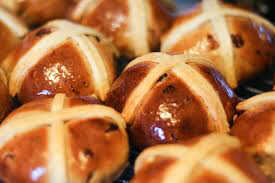
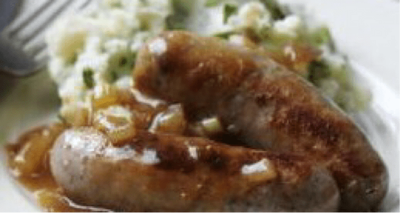
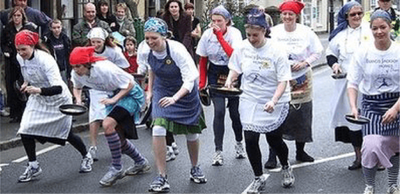
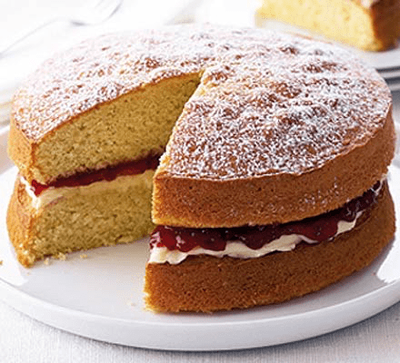
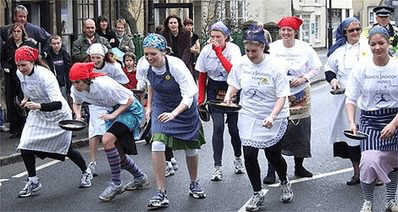

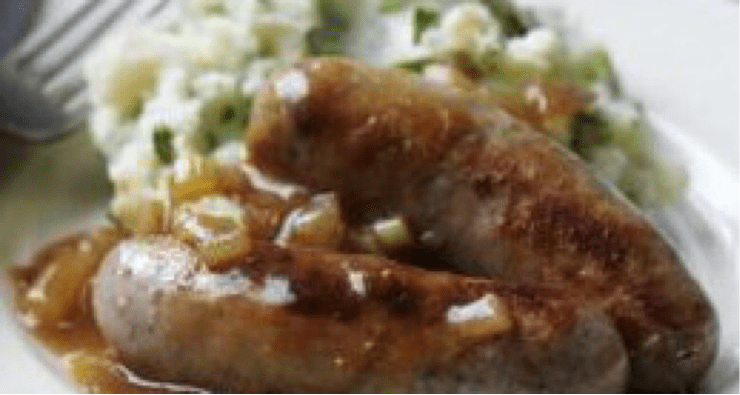
 RSS Feed
RSS Feed

